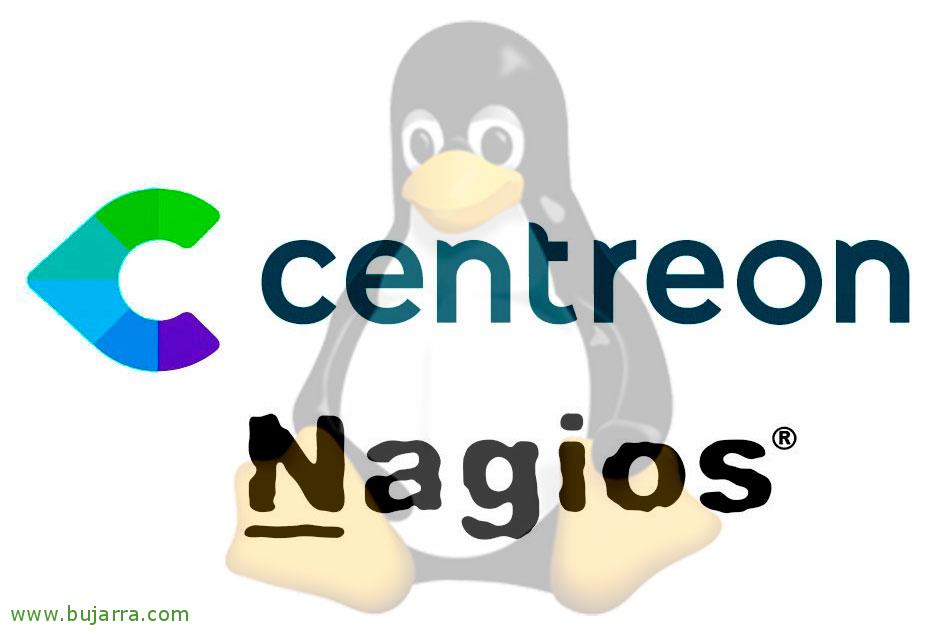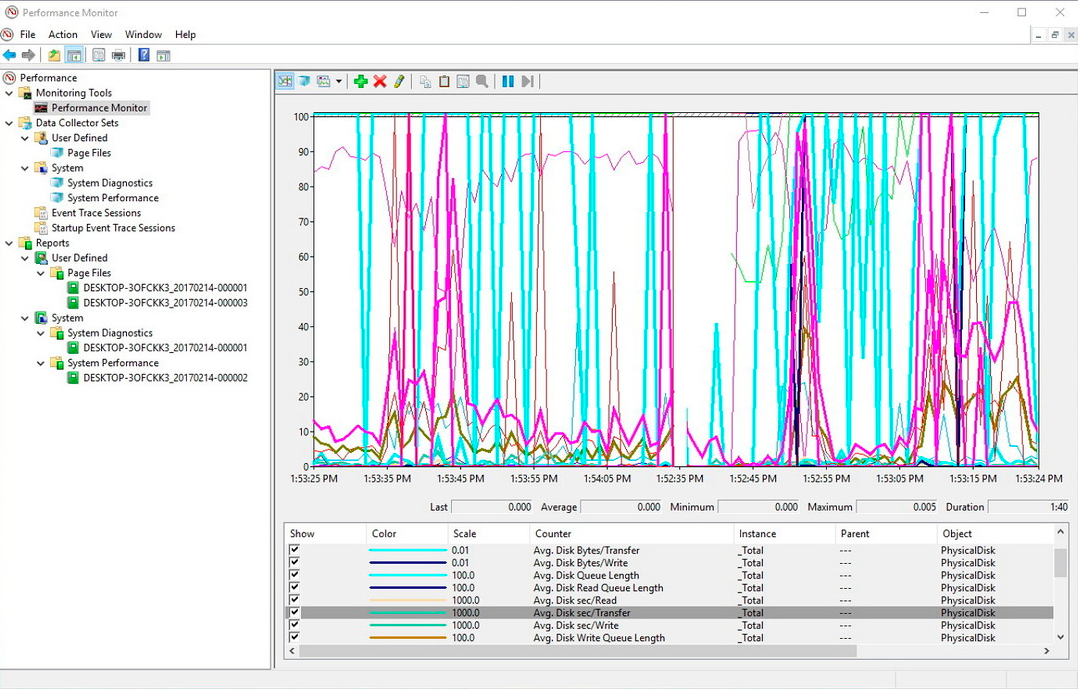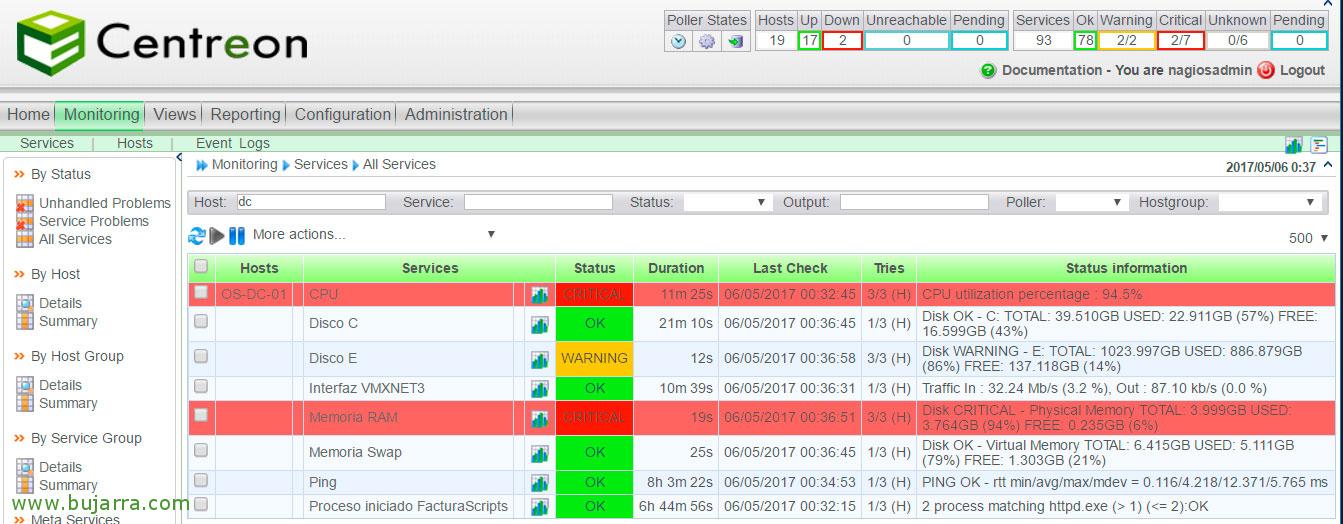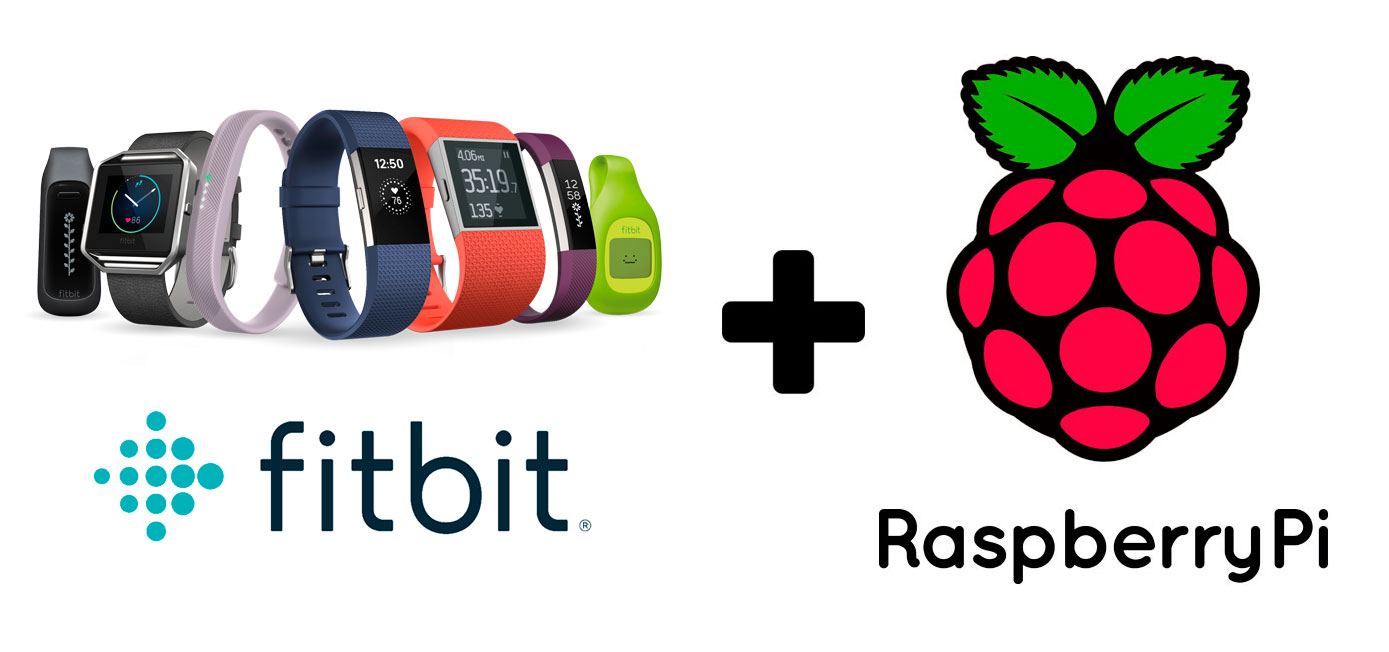Measuring atmospheric pressure with Raspberry Pi
If we want to know and monitor atmospheric pressure in a cheap way… How could you not… This is your document! We can do it quickly with a Raspberry Pi and a sensor that barely goes beyond the 2 Euros! In this post we will see all the steps you will need to achieve it, Also as always… we will store the measurements in a MySQL database and then we will visualize the values with beautiful graphs thanks to Grafana!













































